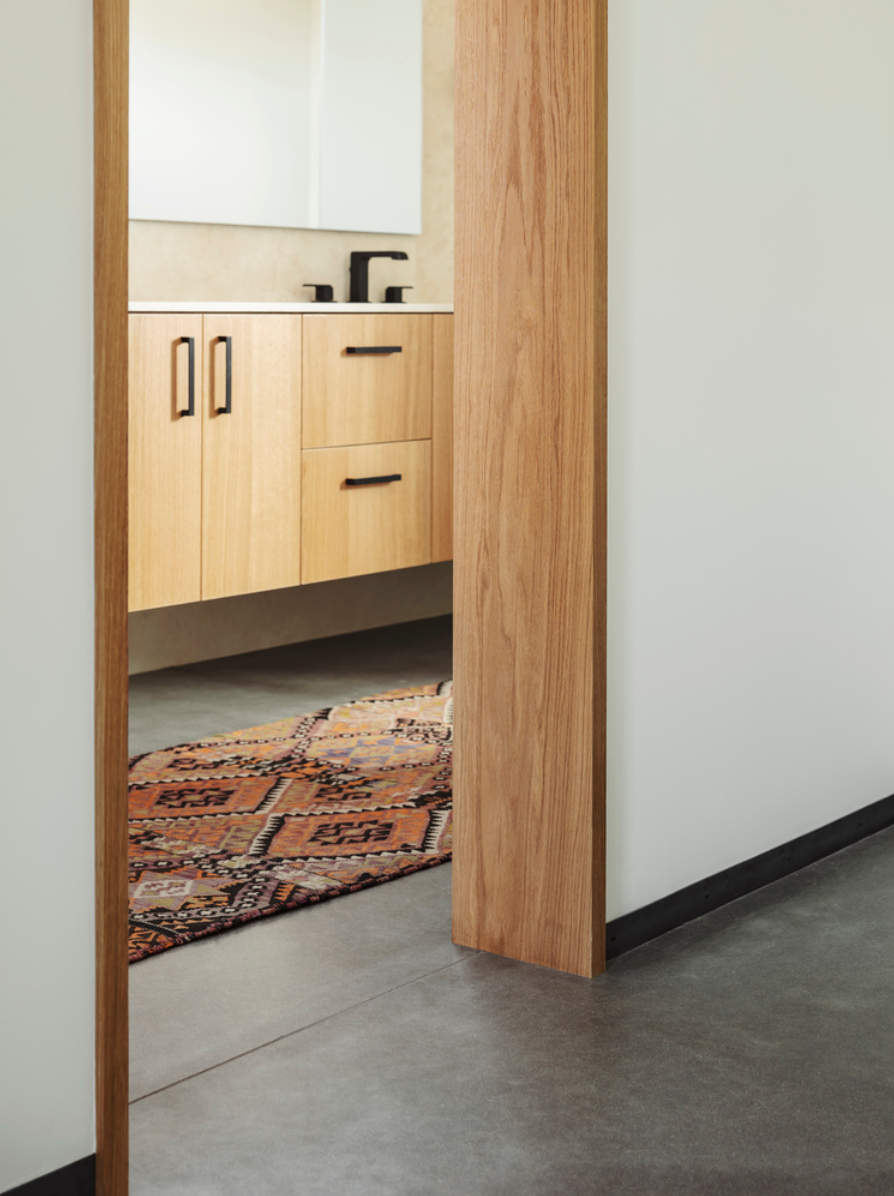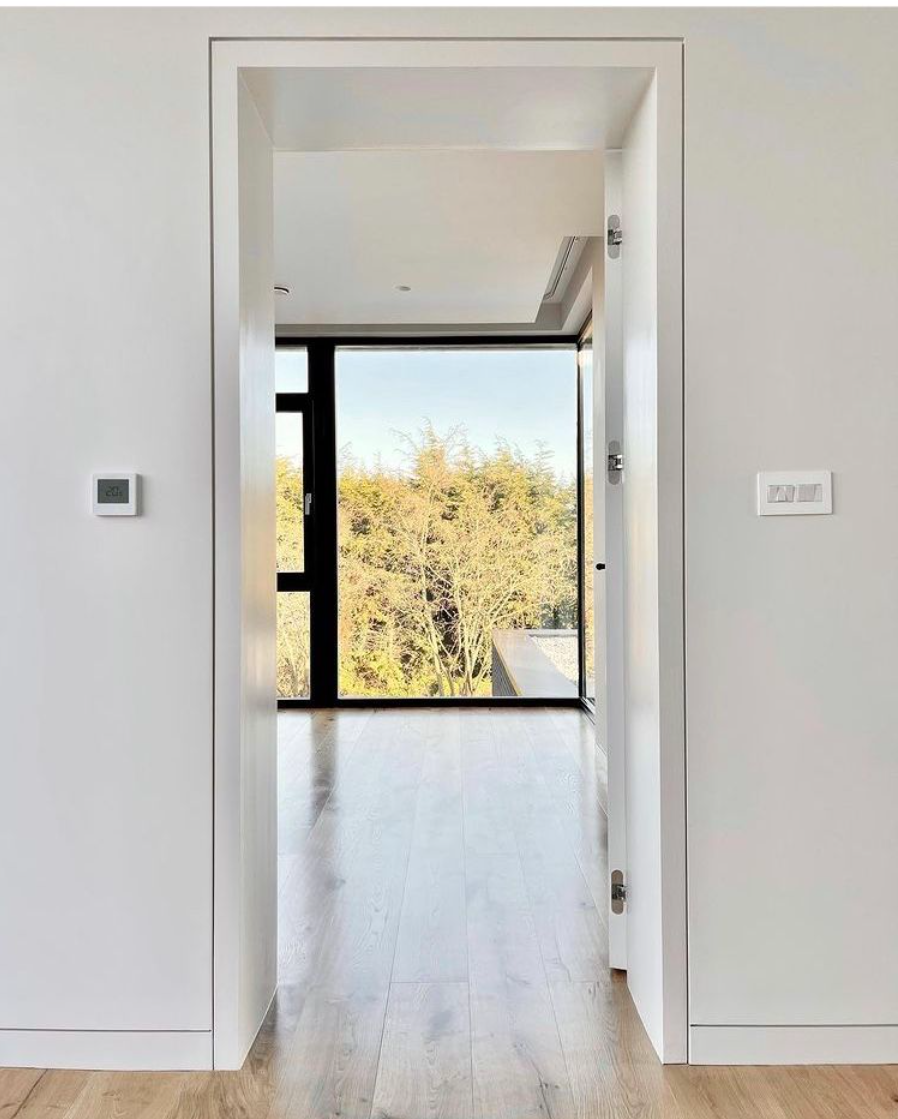Case and Base
- ryan6896
- Mar 15, 2023
- 2 min read
Base and case refer to the trim that is used to cover the gap between the wall and the floor (baseboard) and the gap between the wall and the ceiling (crown molding or cornice). While it may seem like a small detail, the right base and case can make a big impact on the look and feel of your home.
Material
One of the first decisions to make when selecting base and case is the material. Most commonly, base and case are made from wood, but other materials like MDF (medium-density fiberboard) are also available. Each material has its own advantages and disadvantages, so it's important to consider your priorities when making this decision.
Wood is the most traditional material and can give a classic, high-end look to your home. However, it can also be the most expensive option, and it requires regular maintenance to prevent warping, cracking, or discoloration.

MDF is a more affordable option that can be painted to look like wood. It is resistant to warping and cracking, making it a more durable choice. However, MDF may not have the same longevity as wood, and it can be more difficult to repair if damaged.

Style
Once you've chosen the material for your base and case, you'll need to consider the style. There are countless options available, ranging from simple and understated to ornate and decorative. Your choice of style will depend on the overall aesthetic of your home, as well as your personal preferences.
For a modern or minimalist look, simple, clean lines may be the best choice. A flat baseboard and simple crown molding can create a sleek, streamlined look that doesn't distract from other design elements in the room.
If you prefer a more traditional or ornate look, you may opt for more decorative base and case. A baseboard with a bullnose or ogee profile, paired with crown molding featuring intricate details and patterns, can create a grand, elegant look.

Color
Finally, you'll need to consider the color of your base and case. In most cases, base and case are painted to match the wall or ceiling color, but you may choose to paint them a contrasting color for a more dramatic look.


When choosing the color, it's important to consider how it will interact with other design elements in the room. For example, if you have dark hardwood floors, a white baseboard can create a clean, crisp contrast. If you have light-colored walls, a darker baseboard may help ground the space and add visual interest.



